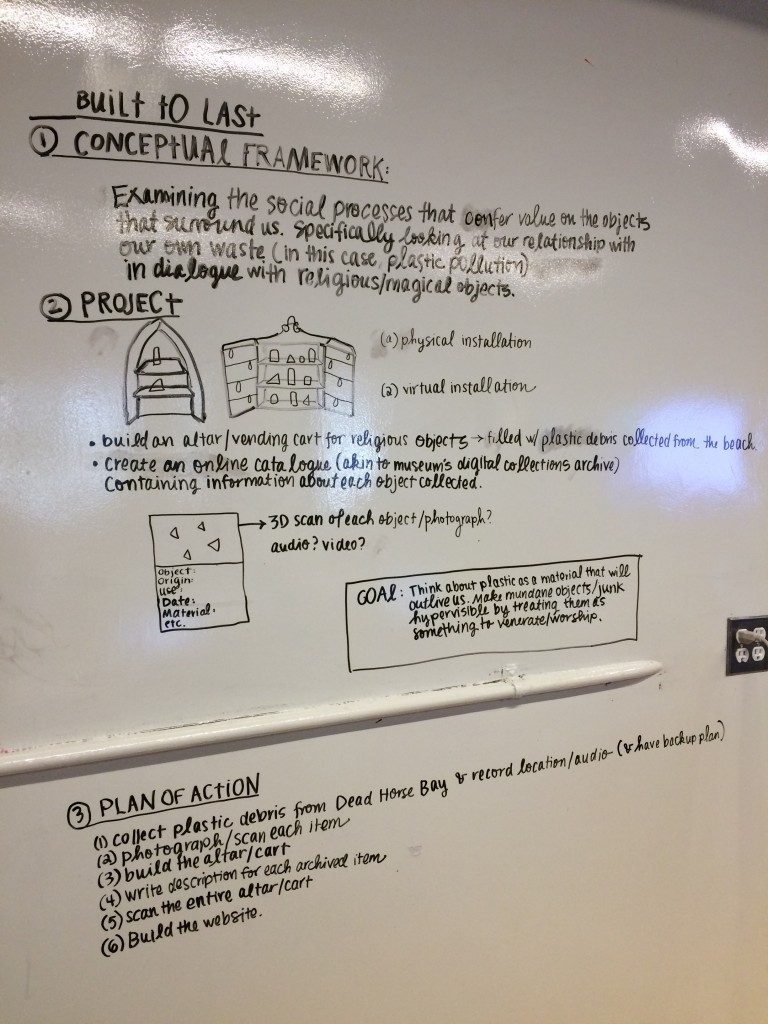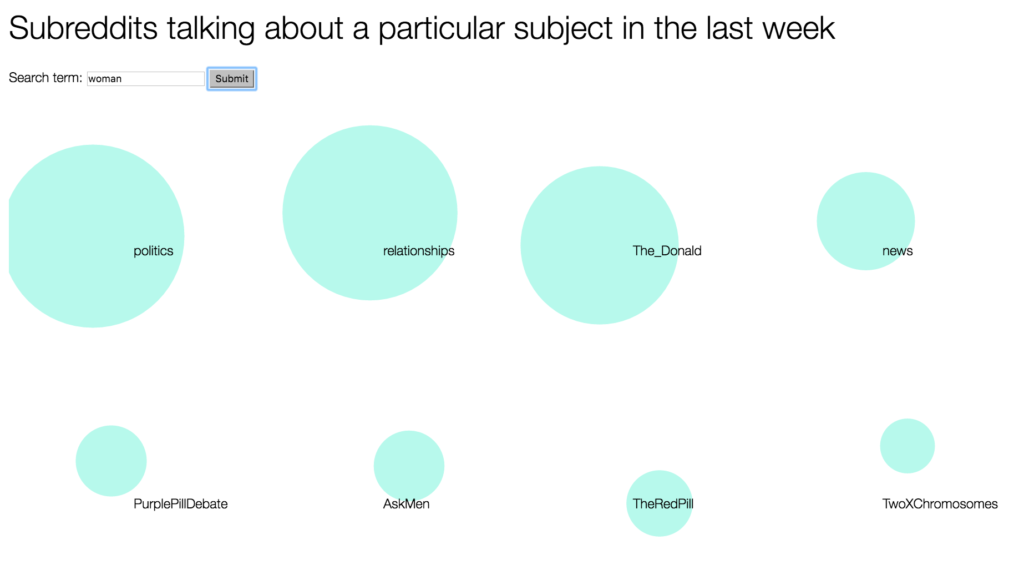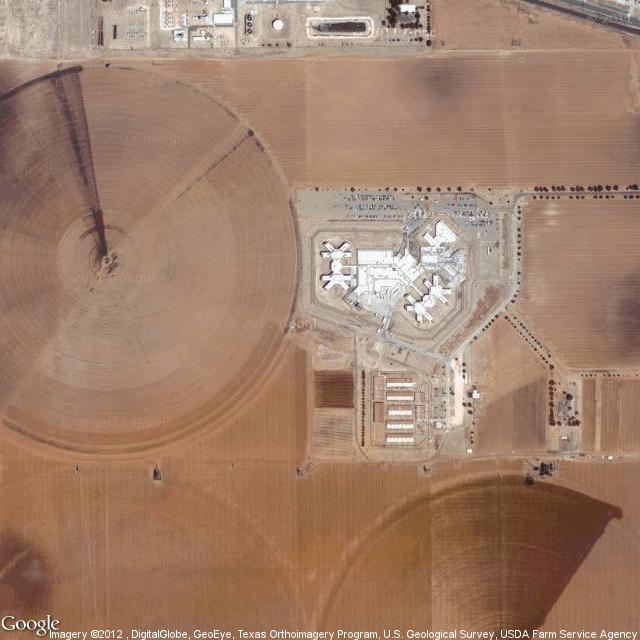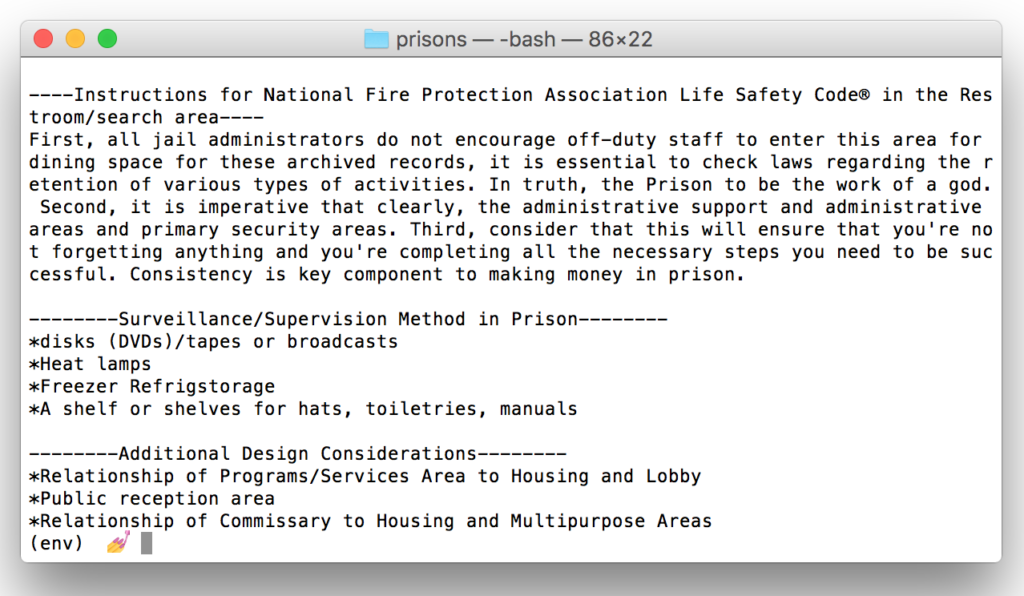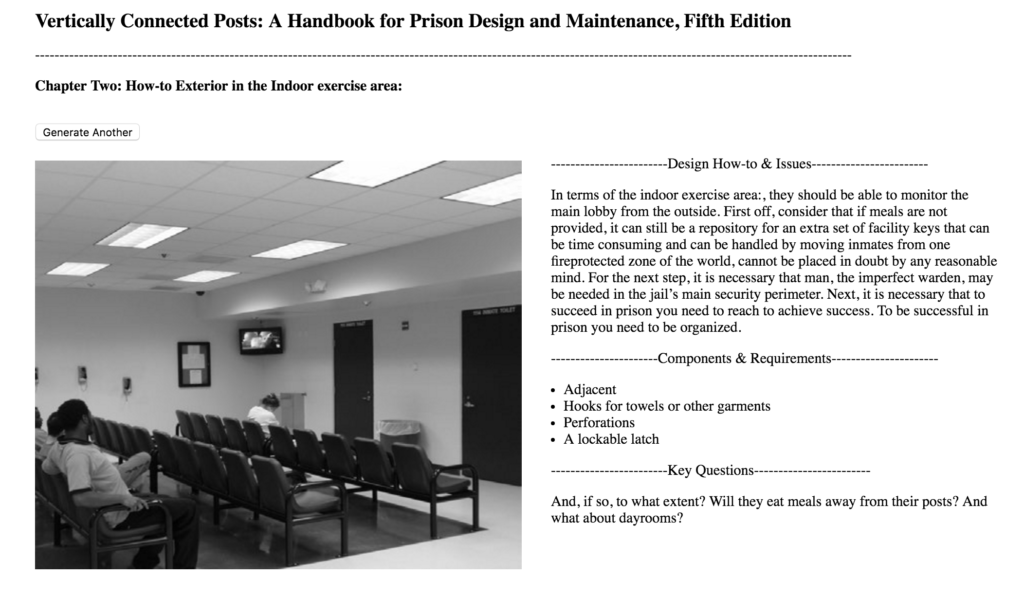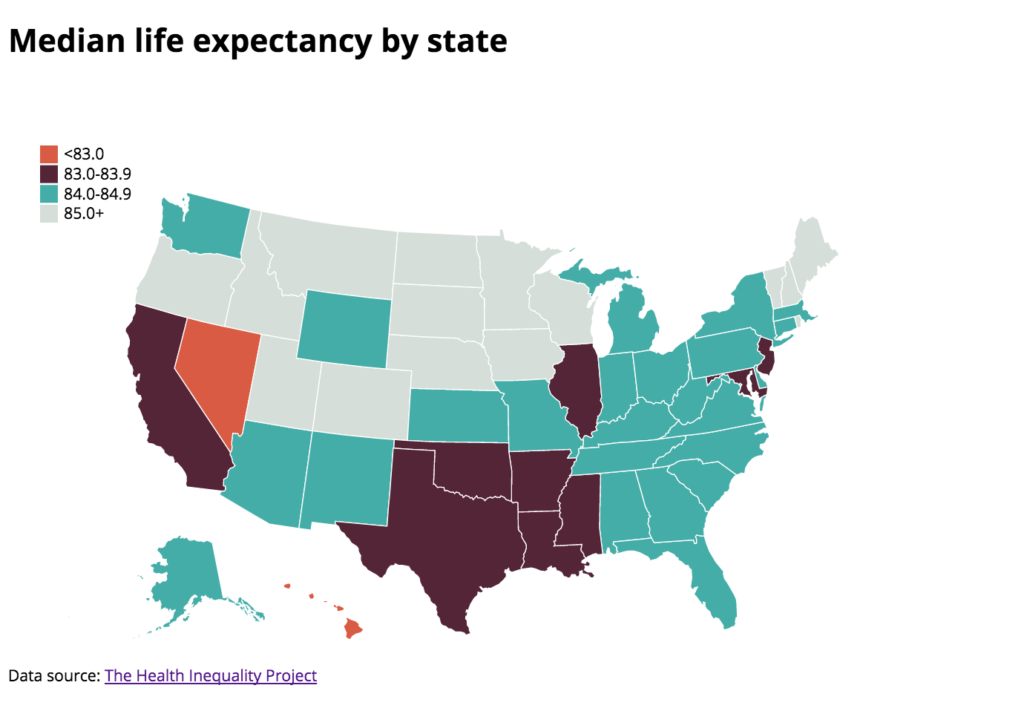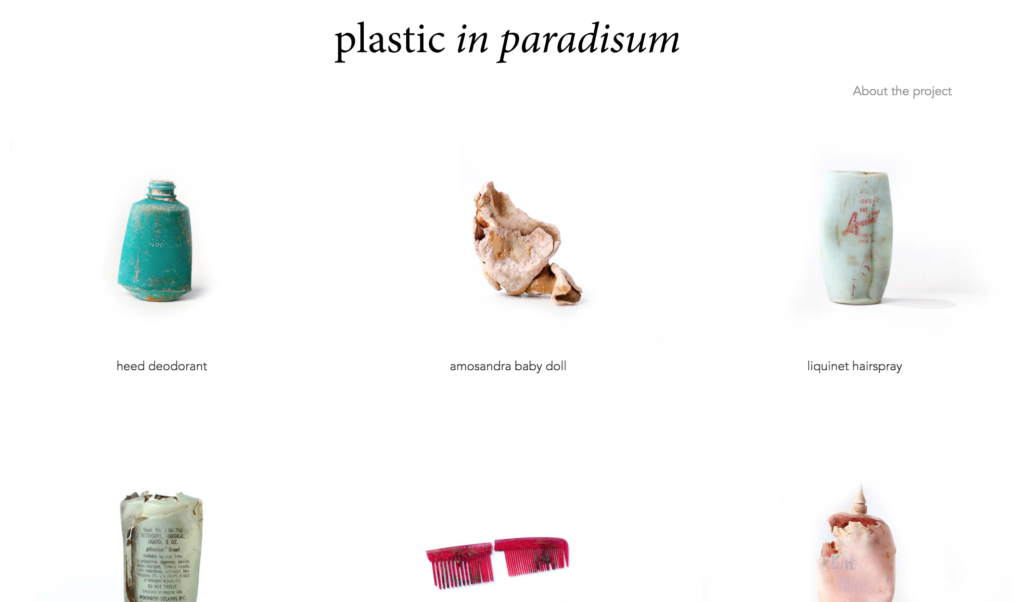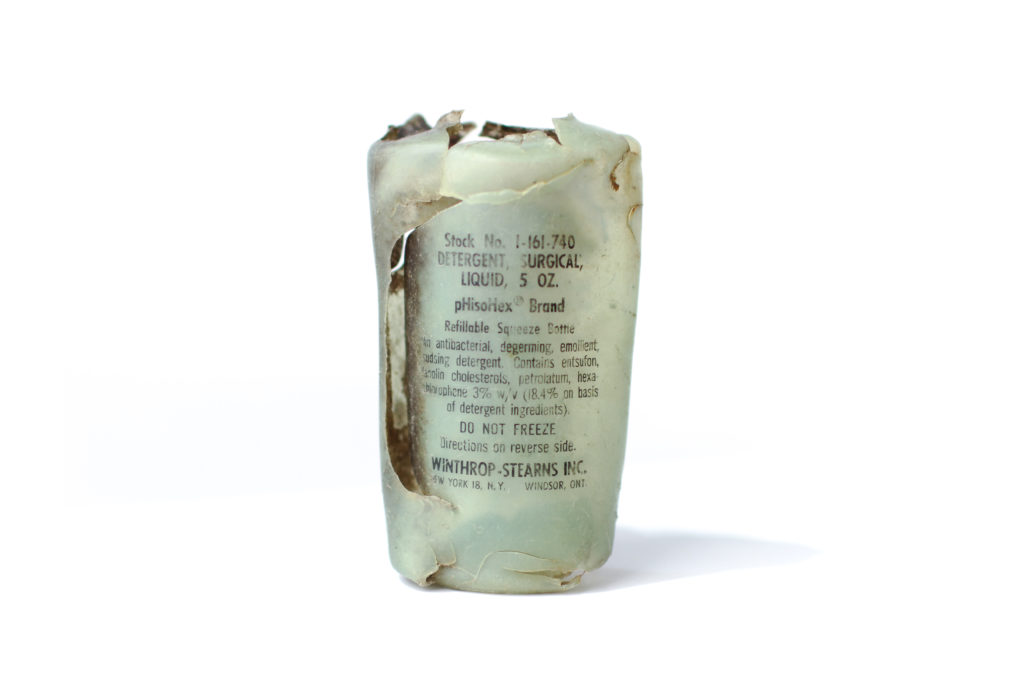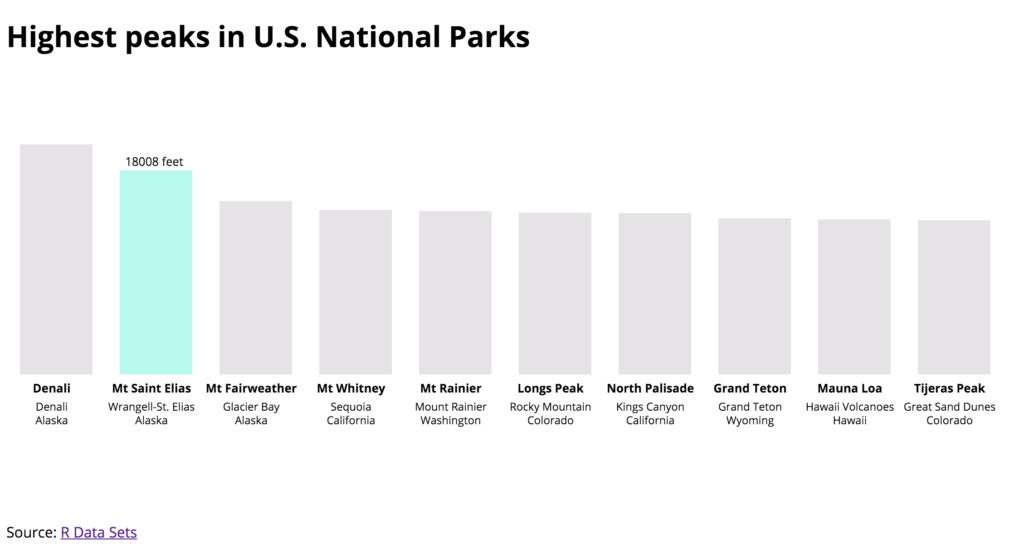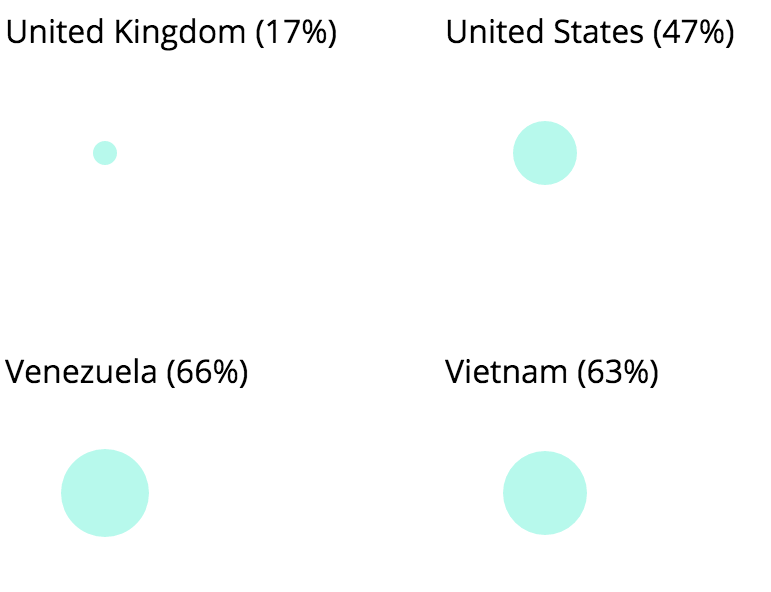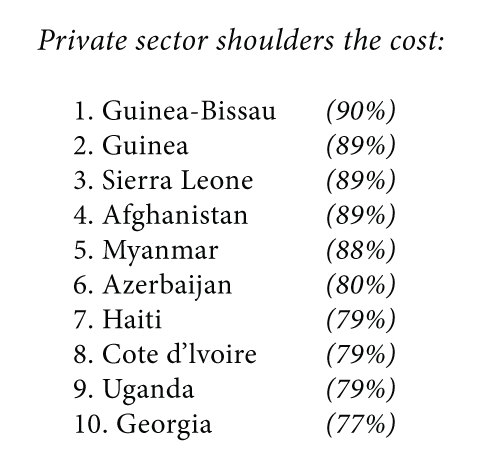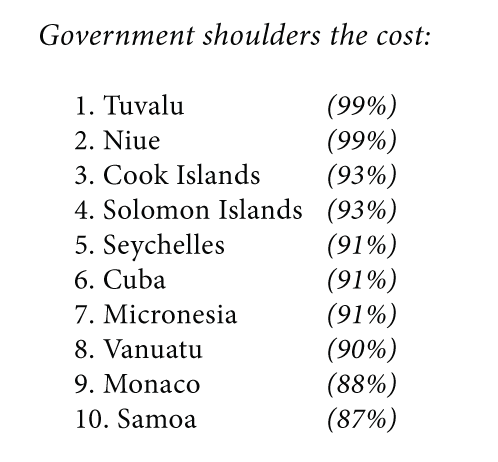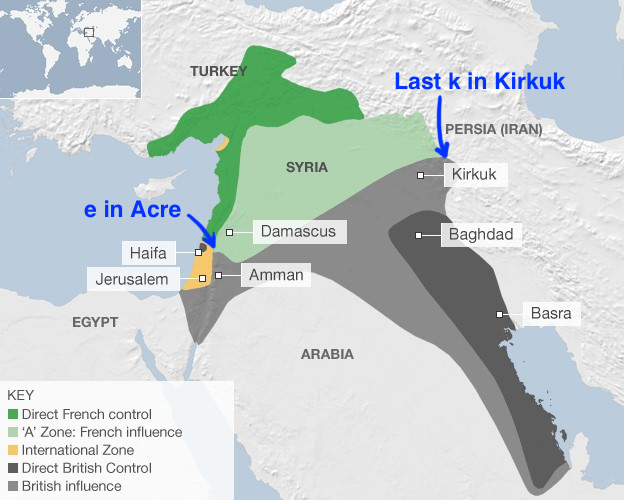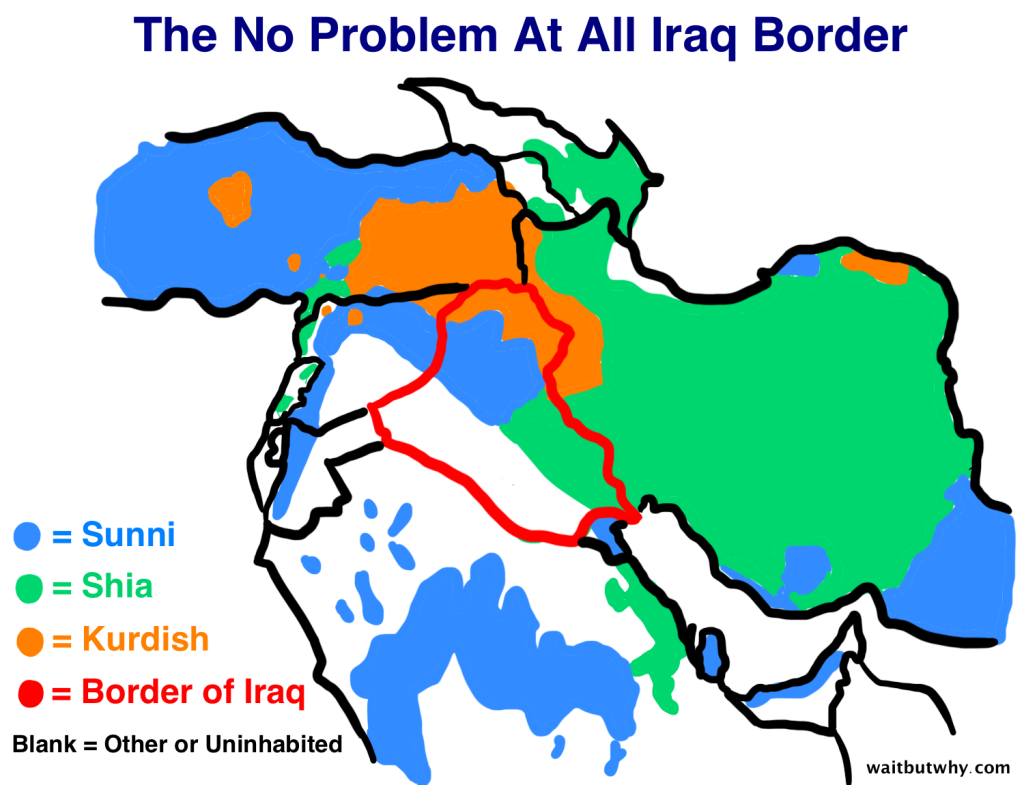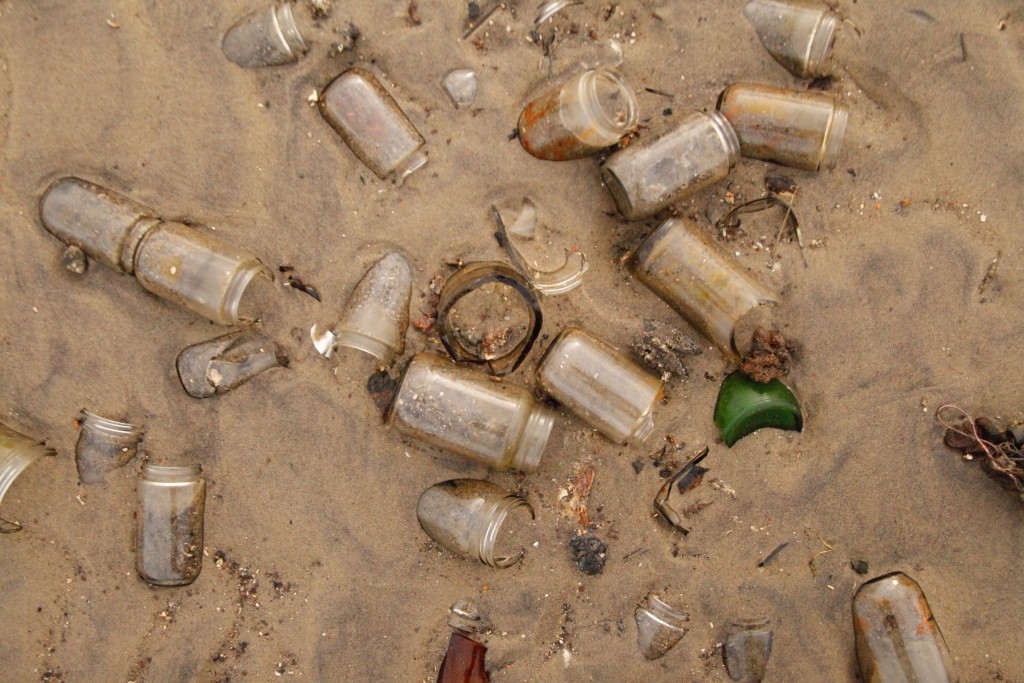
We are the garbage, the waste, we make it and dump it, to be separated from it is a cancer causing delusion…we cannot separate ourselves, clean and perfect, from the trash we dump out back into the can. Clean is a vision of internal trash, not a mere separation.
– Gerald Vizenor, “Landfill Meditation”
Inanimate things have a life of their own, that deep within them is an inexplicable vitality or energy, a moment of independence from and resistance to us and other things.
– Jane Bennet, Vibrant Matter: A Political Ecology of Things
In keeping with my project timeline, I visited Dead Horse Bay this week to collect the plastic debris that had washed up on the shore for my project. The beach is so littered with debris from the past 200 years that you are unable to walk without stepping on a broken glass bottle or a piece of china. I walked along the shoreline for about three hours in a kind of meditative state, scanning the ground for shiny, colorful plastic among the mounds of discarded objects.
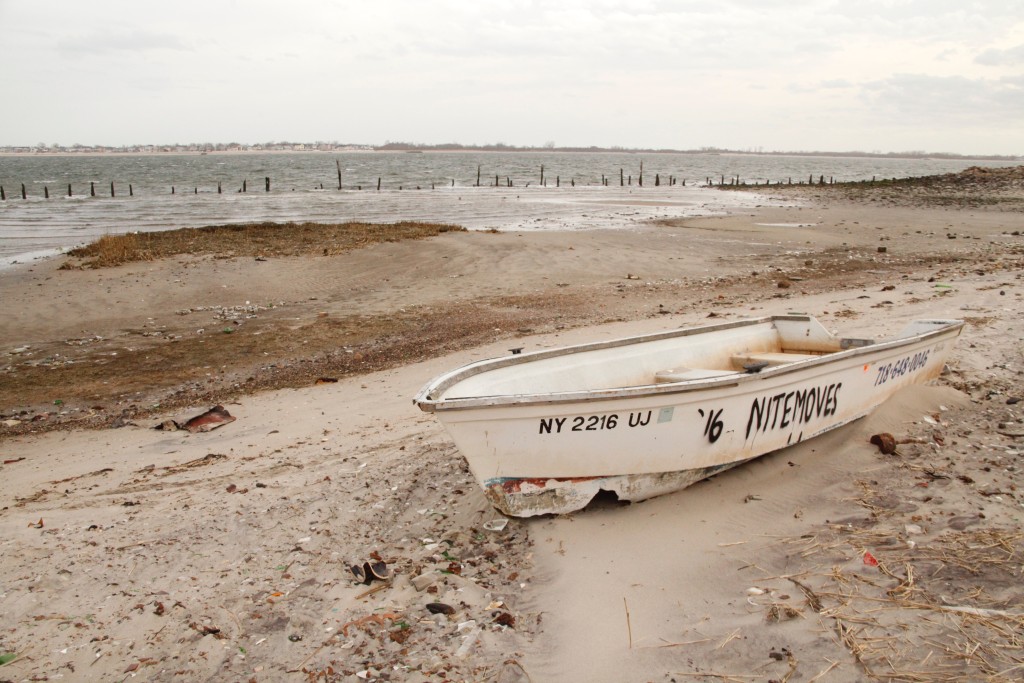
I documented my trip to the beach with this short video filmed on a handheld DSLR.
Once I had collected around 30 pieces of plastic, I started photographing some of the objects in order to create photogrammetric, 3D models of the debris I found. To create the models, I used Photoscan and Meshmixer to clean up the scan, create dense clouds, and add the appropriate texture.
Here’s a snippet of the editing process with a red toy gun that I’d found.
So far I’ve created 3D models of two objects: the red toy gun and a red plastic bottle. Here’s a photo and the final 3D model of the bottle:
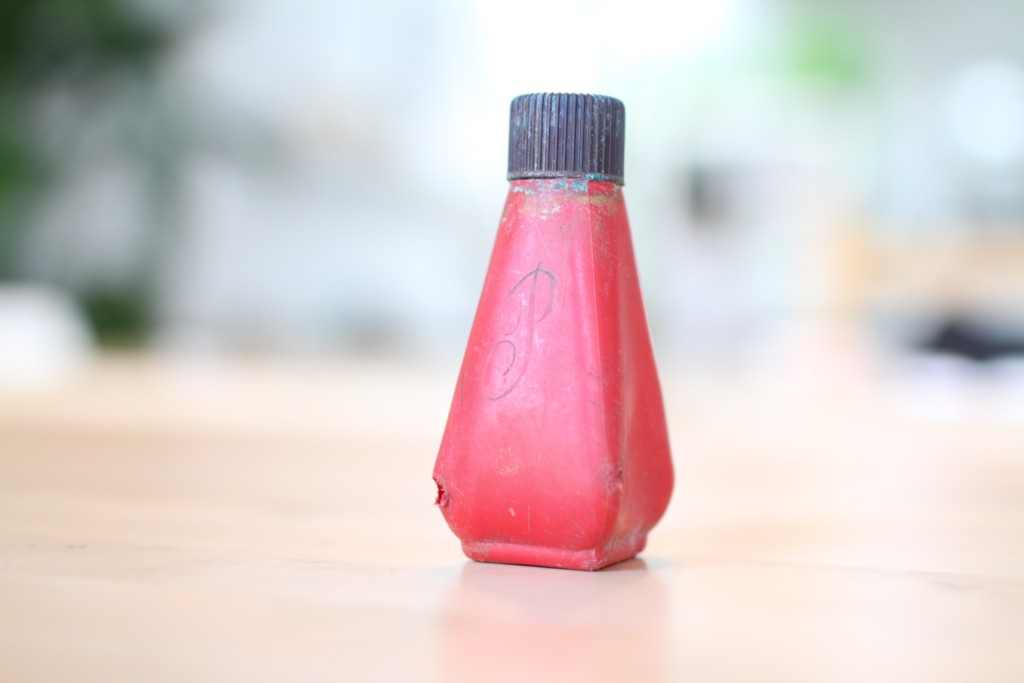
Discarded plastic bottle from Dead Horse Bay by Becca on Sketchfab
On a very personal level, the physical rituals of “cataloging” the discarded objects with attention and care — scanning the beach for plastic, picking up each object, washing and scrubbing them one by one, taking between 100-200 photographs of each object — helped me see these objects in a different light. Instead of something to be trashed and forgotten, each object revealed its own energy and vitality (to steal a phrase from Jane Bennet).
The poet A.R. Ammons once remarked that maybe garbage was the “sacred image of our time.” When asked about the religious undertones in his book-length poem Garbage by The Paris Review, Ammons said: “My hope was to see the resemblances between the high and low of the secular and the sacred. The garbage heap of used-up language is thrown at the feet of poets, and it is their job to make or revamp a language that will fly again. We are brought low through sin and death, and hope that religion can make us new.”
Waste isn’t meaningless; waste is saturated with meaning. It’s subject to the same value-creation processes that we apply to all the objects in our environment. With my project, I’m aiming to help people really evaluate their own relationships with discarded objects. I want to examine the social processes that confer value on the objects that surround us and put discarded plastic waste in dialogue with religious/magical objects.
Still left to to: scan the rest of the plastic, put all the .obj files on Sketchfab, create a website for the project, finalize and build the physical installation, and build the virtual environment. An overview of the plan of action:
